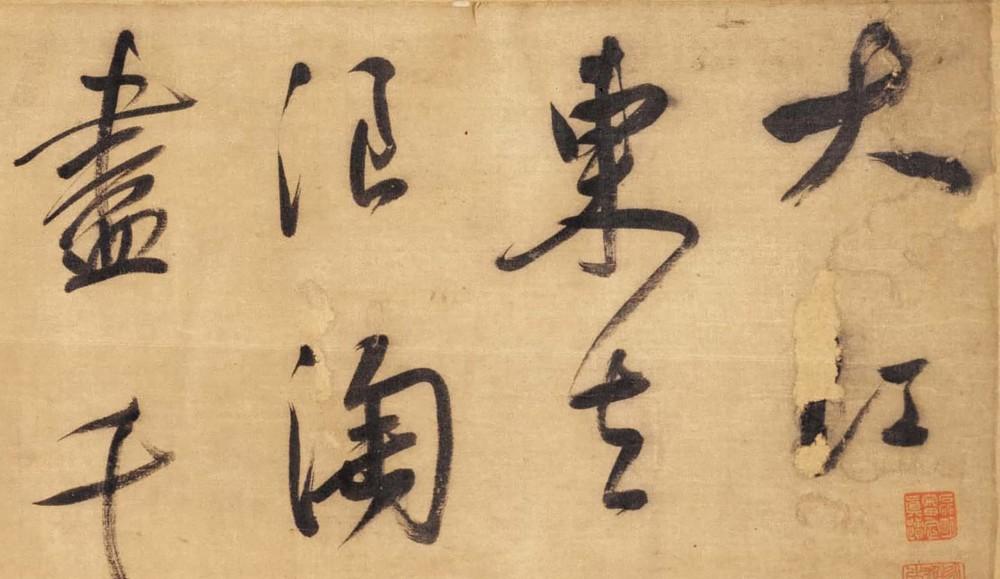Dong Qichang's "Chibi Huaigu" volume, Shu Sushi's "Nian Nu Jiao Chibi Huaigu", Ayamoto, 25.6×577cm. Collection of Wenzhou Museum. Falling paragraph: Dongpo Chibi word, Yu shu several times, such as Dengshan duo wrote "Dead Tree Endowment" also. Dong Qichang. Among them, there are differences between the heroic characters of the ancients and the characters of the original works of Su Shi Dongpo. The late Ming dynasty book critic He Sanwei called Dong Qichang's calligraphy: "Naïve and messy, the structure is senile, there are often books that are not complete, pens that are not satisfactory, dragons and snakes go to things, flying between the wrist fingers, this book is the best." ”

From the age of 17 to 46, it was the period of diligent study of Dong's calligraphy. His diligence began with a small setback in the first examination, he said: "I learned to study at the age of seventeen. First...... Trying to be in the county, the county guard mourning Hongxi placed the second with Yu Shu, since it was the beginning of the Yu Linchi, from the Tang Dynasty to the Wei and Jin, from Yan (Zhenqing), Yu (Shinan) and Zhong (繇), Wang (羲之), "Whoever claims to have gained in three years will no longer put Wen Zhengzhong and Zhu Xizhe in the corner of his eye."
However, although he learned the ancient human form model in the engraved rubbing, he did not exhaust its subtlety. His theoretical "enlightenment into the micro-world" began with the long-lasting Tang facsimile of the "Guannu Ti" in Nanjing and the viewing of the Jin and Tang inkblots of jiaxing Xiangzi Jingjia. By the way, "It is known that the ancients used the pen to pass on the magic that cannot be transmitted by stone books." As for the secret of the creation of the profound calligraphy, it was after the official in Beijing visited a large number of jinsheng collectors to borrow the ink of famous artists of the Jin, Tang and Northern Song Dynasties. The study of the song people's authentic works is particularly crucial. He said: "Twenty years of studying the Song people is the solution." This process of learning and understanding gradually deepened in practice enabled Dong to solve the problem of "Thexue" replicas for scholars and complete the two leaps before the maturity of calligraphy. The first is to study the inscriptions of the Jin and Tang Dynasties to the reference to the inkblots of the Jin and Tang Dynasties, and the second is to the study of the authentic works of the Song people from the handicrafts of the Jin and Tang Dynasties.
From 1601 to dong's death, it was the period when his calligraphy art became famous. Before he was 68 years old (1622), Dong had become a master in practice and theory, and later the theory of calligraphy gradually deepened. The beginning of enlightenment does not depart from the cultivation, and then the cultivation of enlightenment can explain the characteristics of this period.
Dong Qichang's "Chibi Huaigu" volume